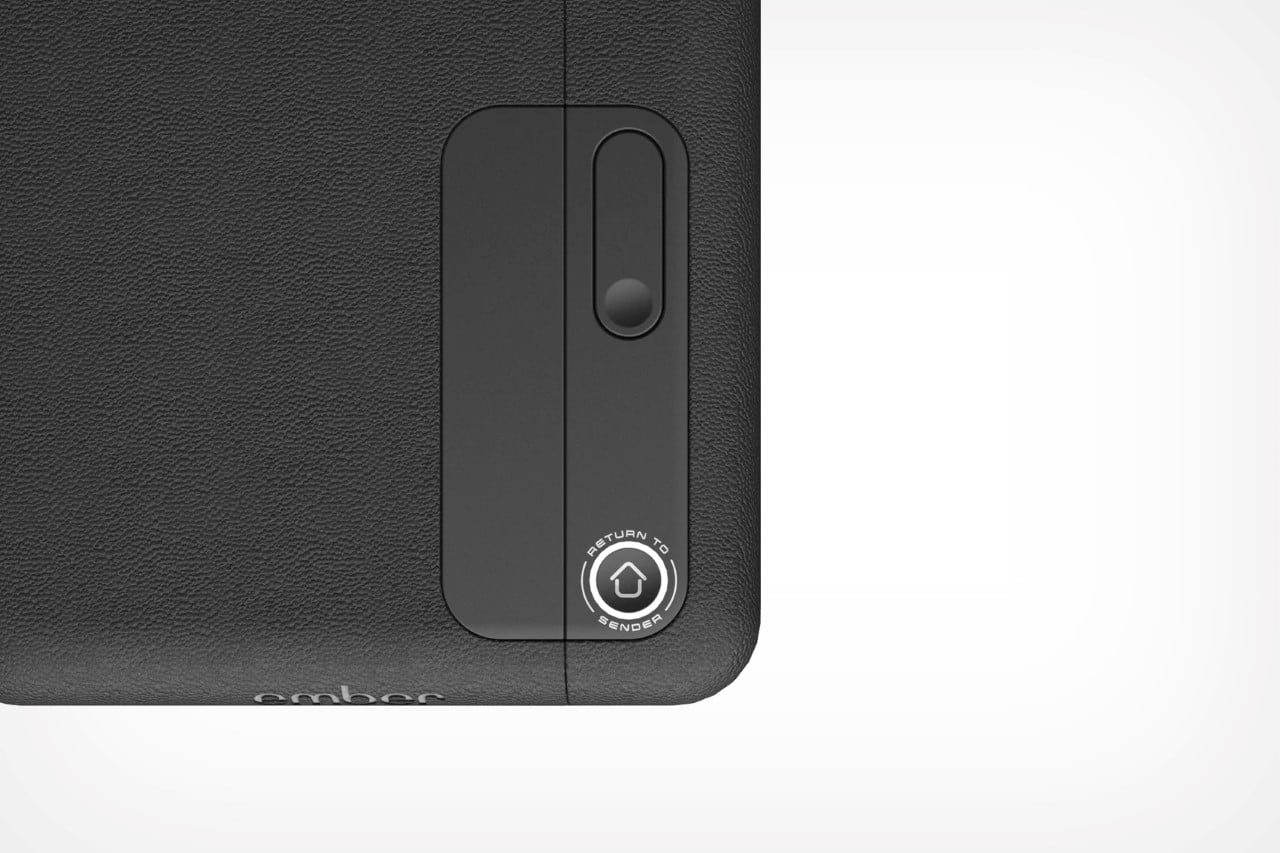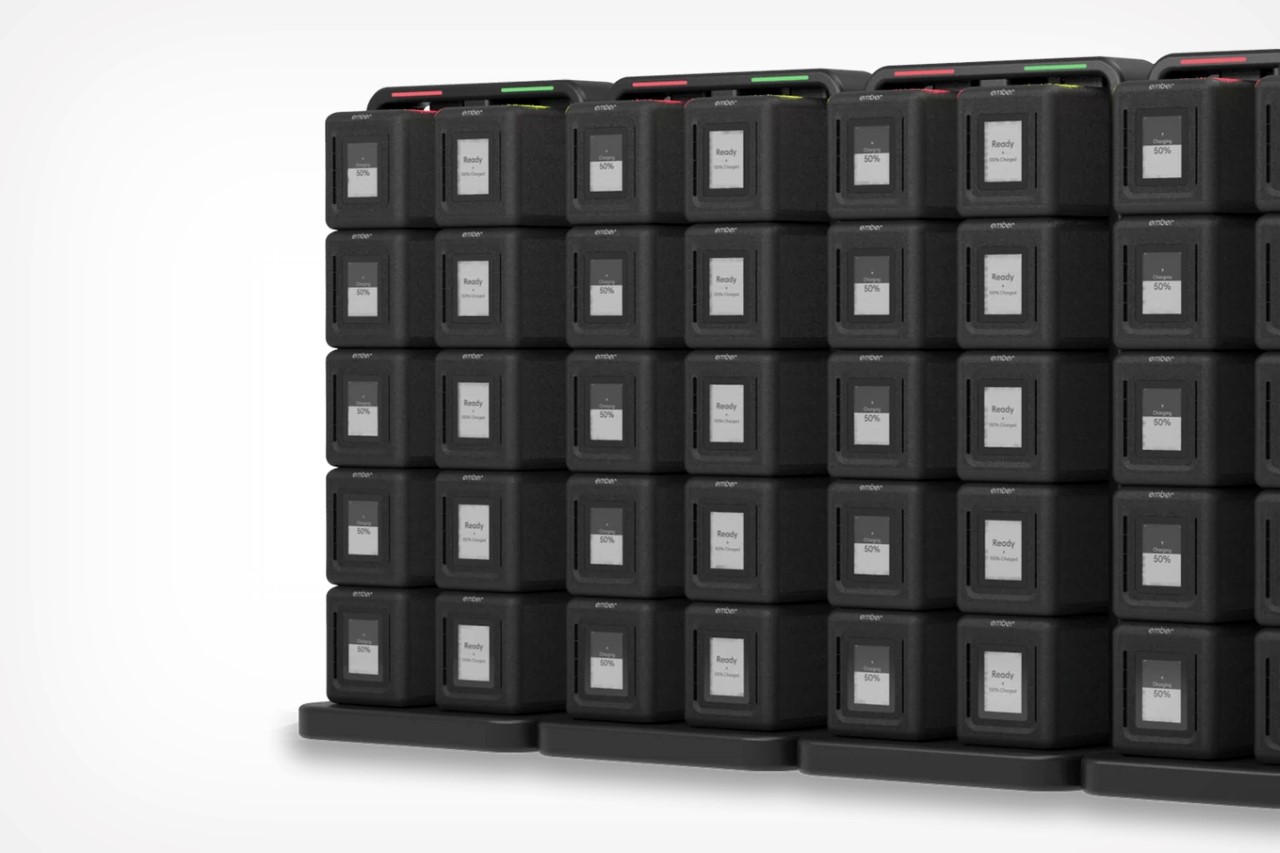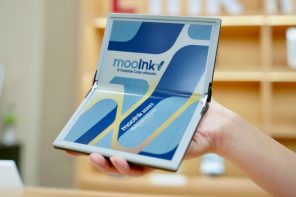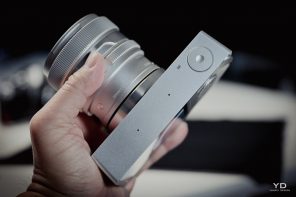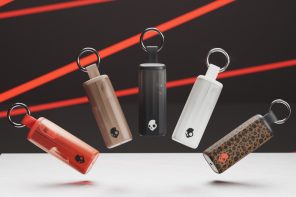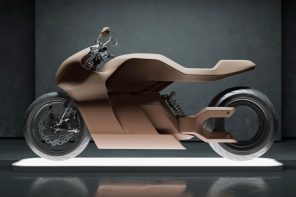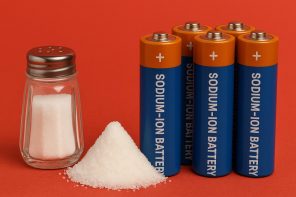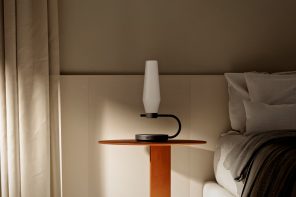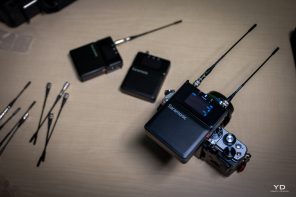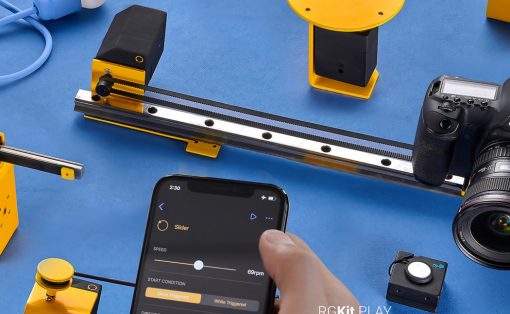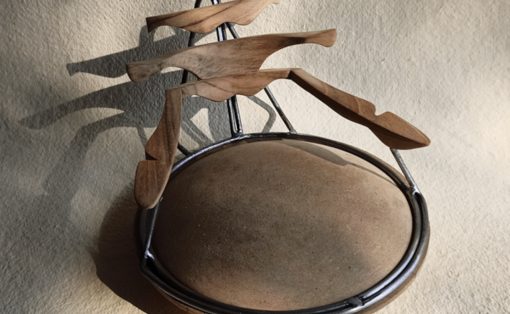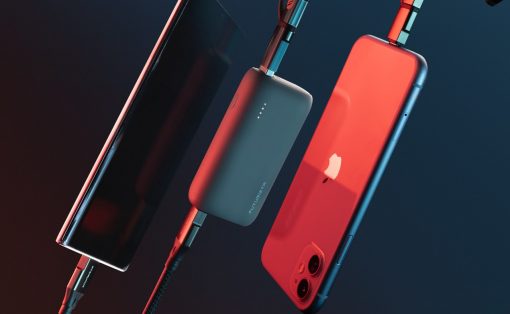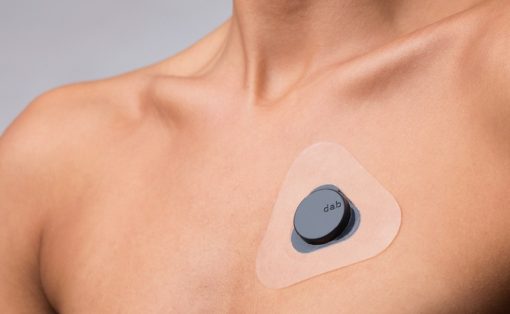The brand synonymous with keeping your coffee hot also wants to ensure that vaccines and other critical medicines are safely transported in the perfect cold environment.
To be honest, although the use-cases seem vastly different, Ember’s company mission statement remains the same – to harness the power of temperature control to transform how the world eats, drinks and lives. The California startup made its mark with the eponymously named Ember Mug, a slick, award-winning temperature-controlled beverage mug designed in collaboration with Ammunition Group. However, with Ember Health, the company embarks on a new venture that runs parallel to its Drinkware brand. Its debut product, the Ember Cube, is a self-refrigerated, cloud-based, trackable shipping box that’s ideal for the cold-chain logistical requirements of medicines and vaccines. Designed to be effective but also be durable and reusable, the Cube is set to offset nearly 3000 tonnes worth of medical shipping containers from entering landfills… in just the first year of its use.
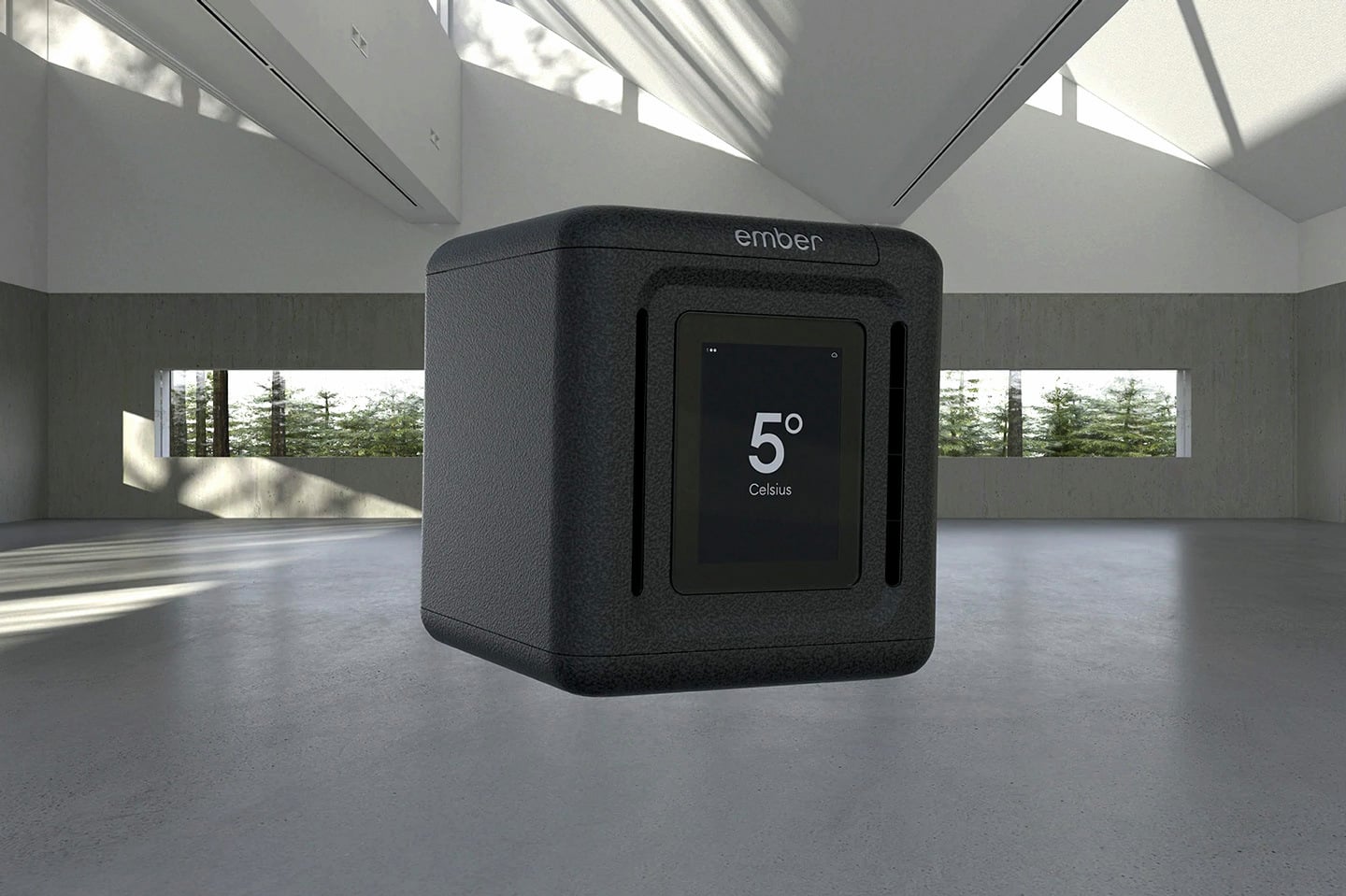
Ember’s experimentation with developing battery-powered heated mugs for coffee ended up directly influencing and informing its healthcare product. The Ember Cube uses the same microprocessors, sensors, and algorithms found in the Ember mugs, but flips the parameters by ensuring the contents within stay cool instead of warm. It uses a vacuum-insulated design, lined with phase-change gel-packs on the inside that help the container’s contents stay 41°F degrees for up to 72 hours, even in warm desert-like climate conditions. However, that’s what helps the boxes retain their cool temperature. What actively cools them is a vented refrigerating system, where multiple boxes plug into a specialized rack with enough breathing room to allow air to flow through. To actively cool each box, a refrigerated mixture of water and ethanol is passed through the phase-change gel packs, bringing their temperature down to the desired value. Each individual Cube is also cloud-connected and trackable, offering a unique advantage over current traditional medical shipping boxes, while practically weighing the same as them.
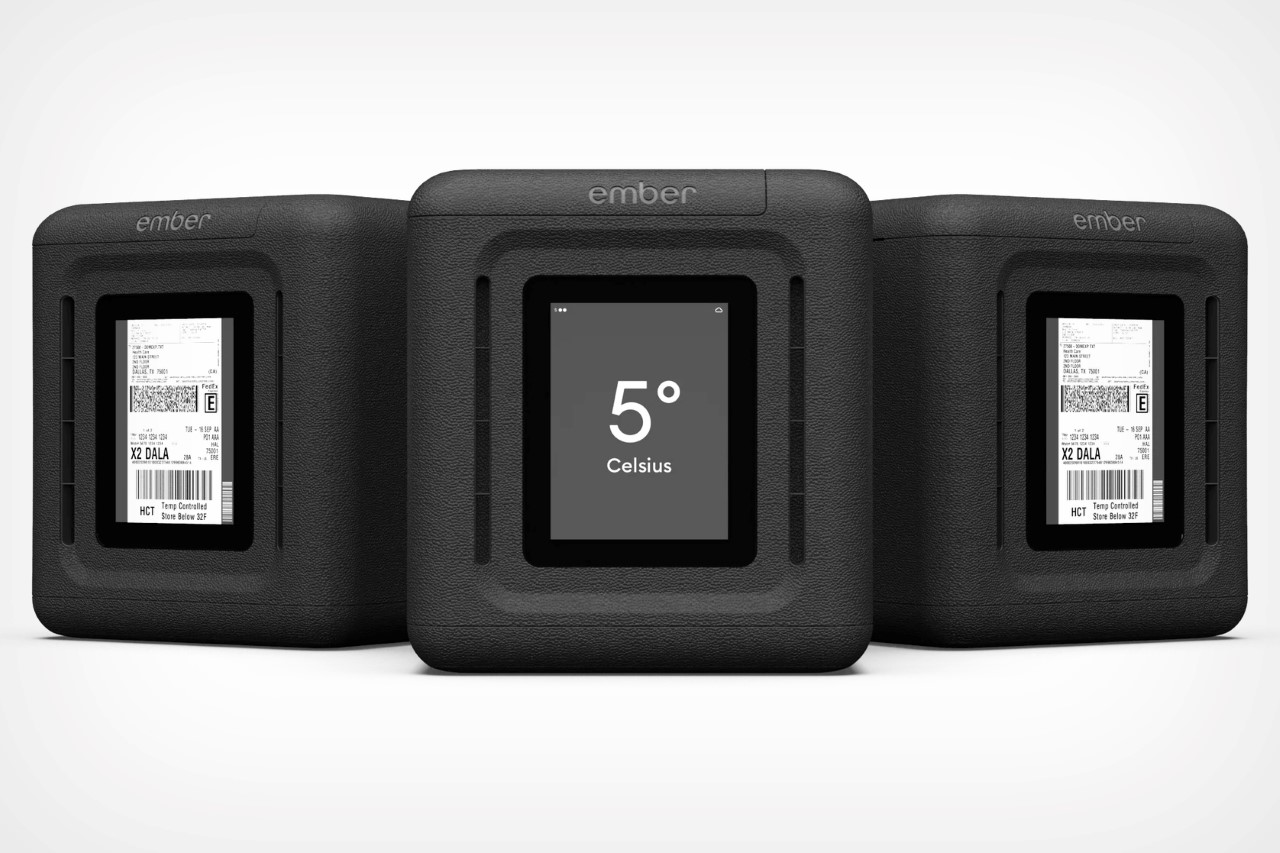
The Ember Cube’s design process, described in vivid detail by Fast Company, was a bit of a challenge, considering the most obvious way to go about it was to create a plastic outer housing with a foam-lined interior that would help absorb shock and protect the precious vials on the inside. The problem with this, mentioned Ember founder and CEO Clay Alexander, was that the plastic boxes would end up getting horribly scratched and scuffed during the logistical process, looking terrible after just a few shipments. The less-obvious alternative was, however, to flip the materials inside out and use a foam exterior. The Cube’s black-box-inspired exterior now uses EPP (Expanded PolyPropylene), the same material used on the inside of bicycle helmets. This material is wonderful at absorbing shock and taking on impact, making the boxes act “like a rubber bouncing ball”, according to Alexander. “If I drop this box on its corner, there are several inches of EPP foam, and it compresses like a spring, and bounces back.”
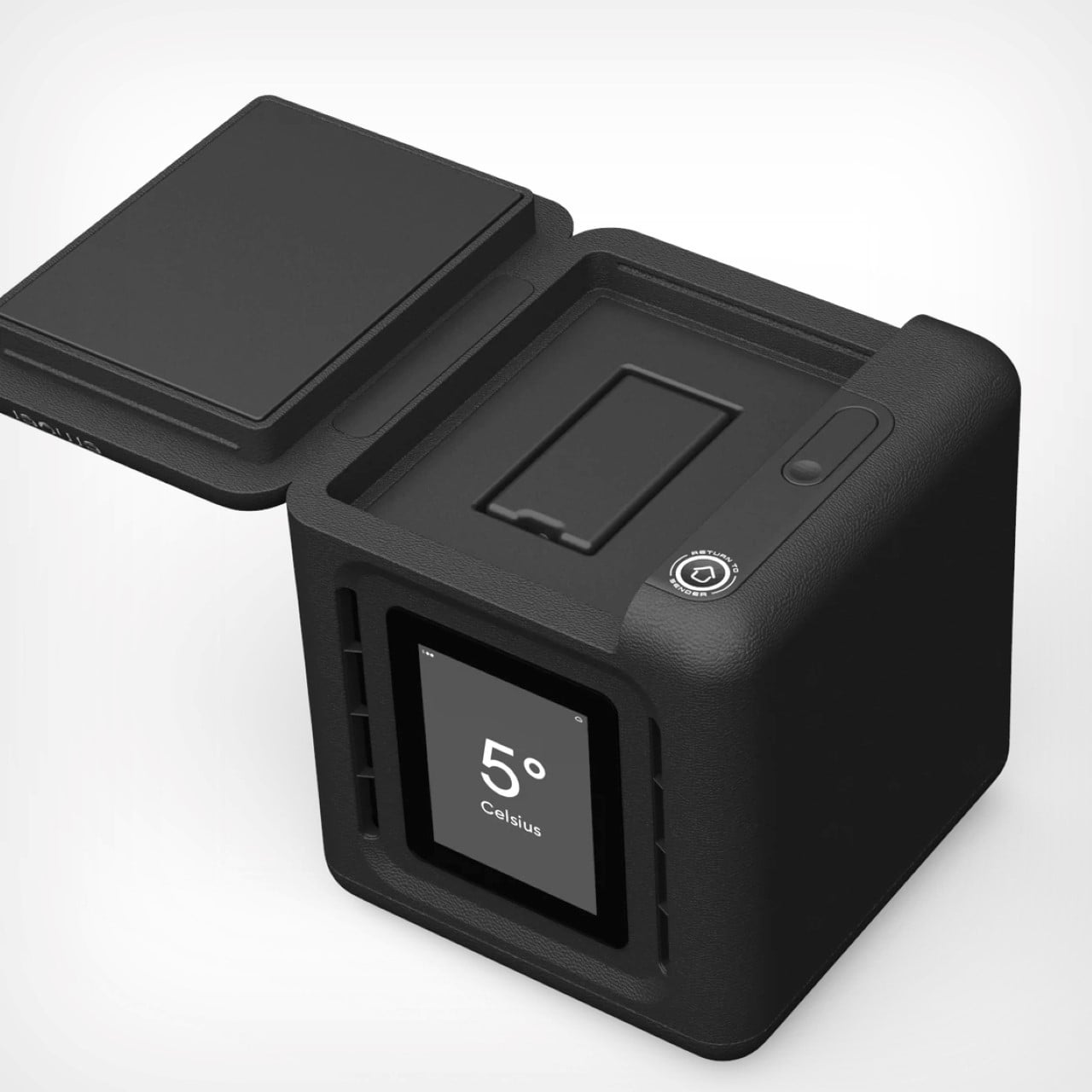
The Ember Cube truly is a marvel of modern design and engineering. Its internal tracking systems allow you to remotely monitor its location as well as each individual cube’s temperature and humidity. The Cubes can comfortably survive a 72-hour journey, allowing them to be shipped by road, sea, or even air to any location, and once they’ve been received and their contents extracted, a simple ‘Return To Sender’ button lets the Cube alert the carrier for a pickup, while automatically generating its own shipping label and displaying it on the electronic ink display on the front. Considering how critical medical shipping can be, the Ember Cube ensures a snag-free, lag-free efficient shipping process from start to finish!
The Ember Cube comes in partnership with Cardinal Health, one of the largest distribution companies in healthcare, with a yearly revenue of $162 billion through shipping medical supplies and prescription medication to hospitals and drug stores (1/3rd of that business comes from CVS). Cardinal Health aims to have the Cube reach critical mass by the end of 2022, practically replacing up to 7 million pounds of packaging waste each year, including single-serve cardboard boxes, styrofoam protectors, and disposable ice-packs.
Designers: Ember Health & Cardinal Health
